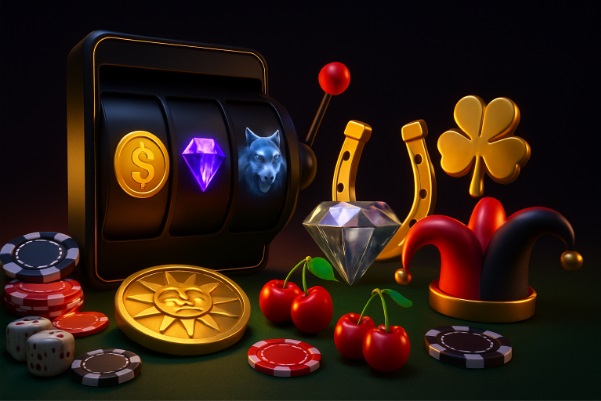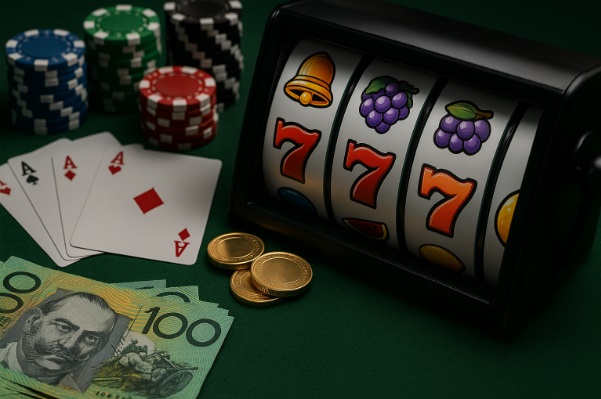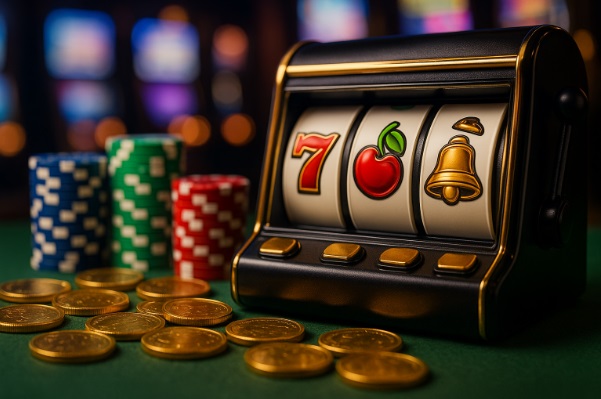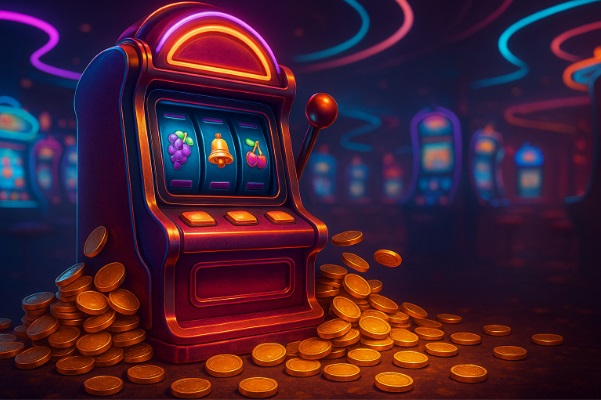There’s something weirdly comforting about spinning reels with a chance to score actual cash. No fluff, no fancy rules—just straight-up wins (or losses, let’s be honest). Playing pokies for real money online is quick, easy, and gives you access to hundreds of games without changing out of your trackies. How We Ranked These Real Money […]
There’s something about spinning reels and the hope of a payout that’s pure Aussie adrenaline. How to win big with real money slots Australia isn’t just about dumb luck—though a bit of it never hurts. It’s about playing smart, knowing the ropes, and keeping your wits about you when the reels heat up. Whether you’re […]
Let’s be honest. You’re not spinning reels just for the pretty lights. You want to win—maybe not every time, but often enough to feel like you’re doing more than just throwing your cash down a digital drain. The good news? The best strategies for pokies for real money aren’t some shady cheat codes. They’re simple […]
Online pokies are everywhere these days—on your phone, your mate’s tablet, blinking away in the corner while you’re meant to be working. They’re fast, flashy, and easy to get lost in. But if you’re going to have a spin, it pays to know what you’re poking at. Here’s the no-fluff lowdown on how online pokies […]
Low wager casinos – you’ve probably seen the term splashed across banners with big promises and shiny buttons. But what does it actually mean? In simple terms, it refers to casinos that ask for way less playthrough on bonuses. We’re talking a few spins and done, not hours chained to the screen chasing a withdrawal. […]




